What is symmetry in art all about?
It is when the elements of your painting or drawing balance each other out. Symmetry in art can refer to the balance of your subjects, the colors your use or even the composition techniques you employ in your artwork.
Symmetry has the magic of making or breaking your masterpiece. It's a technique essential to your growth as an artist and in this article, we'll share with you five practical ways you can apply symmetry in your artworks. Ready? :)
Work on your composition well
Your composition is crucial to the overall balance of your artwork. It is what people notice first anyway so no matter how amazing your brushstrokes are or your initial draft is, if your composition doesn't work well, then your artwork wouldn't look as good as you want it to be.
Going back to our article on composition, you can do the rule of thirds by dividing your paper or canvas into nine equal parts. You can apply the iconic technique too in ensuring your subject is sitting right in the center of your artpiece.
When thinking about symmetry, consider also your light source
While this does not mean you cannot have your light source on the right, lighting is essential to how your painting appears balanced to your audience. So whether you put it on the left or on the right, what's most important is establishing where your light is coming from to communicate a coherent picture.
Turn the left cheek!
What could be a possible explanation for this?
Similar to the preference for the light source coming from the left, it may have something to do with the fact that we process things from left to right. That's how we read words and letters, isn't it?
Try a little experimenting when drawing or painting portraits. If you can have someone sit down and be your subject, test it out which from their left side or right side is more prominent.
In the head shots below, which one for you has a more visual impact?
Balance your colors
It helps to have a great understanding of color theory, which we will cover in the next couple of weeks here on our blog. As colors always exist in relation to other colors, knowing color relationships and the effects they create is vital. Below is a simple illustration of what color theory is in a nutshell.
Know the different types of symmetry
Radial symmetry is the arrangement of subjects that radiate from a central point. Mandalas are popular demonstrations of radial symmetry. Check out the stunning visuals below!
Learn and practice symmetry now!
Kindly check out our schedules below for this school year and reserve you slot by calling 0917-8784766 /02 -7886766 / 0915-5948191 / (0995) 260 8927!
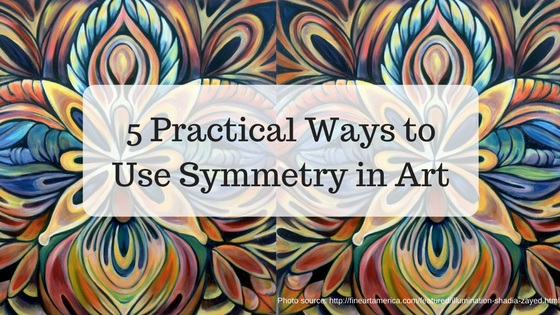
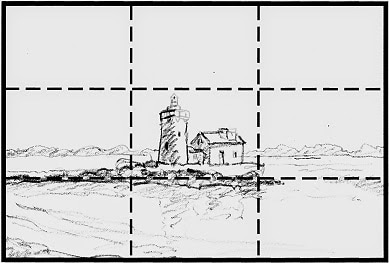

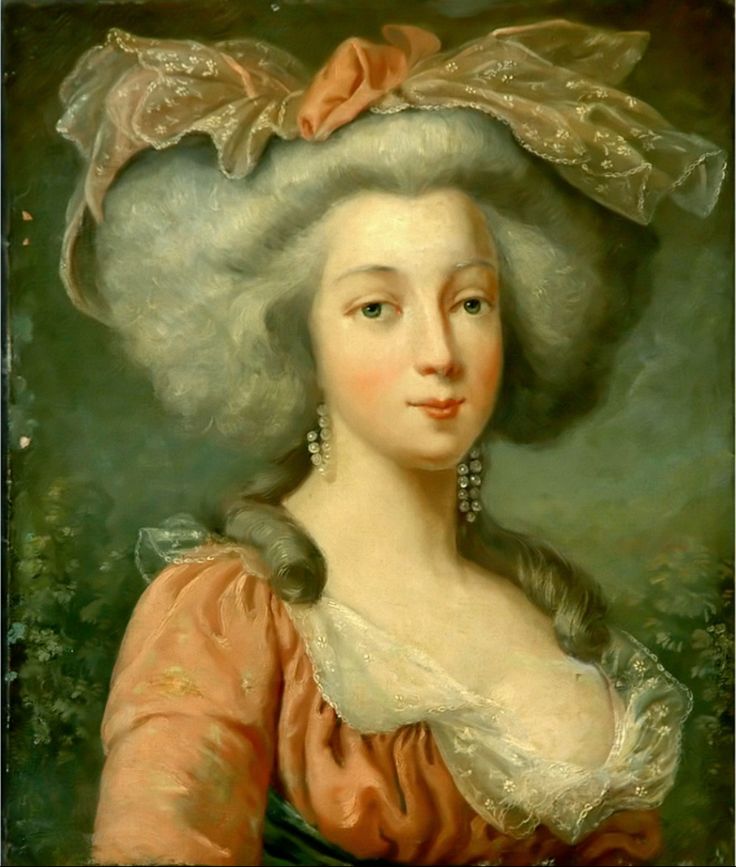
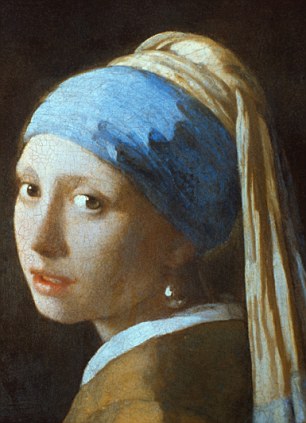
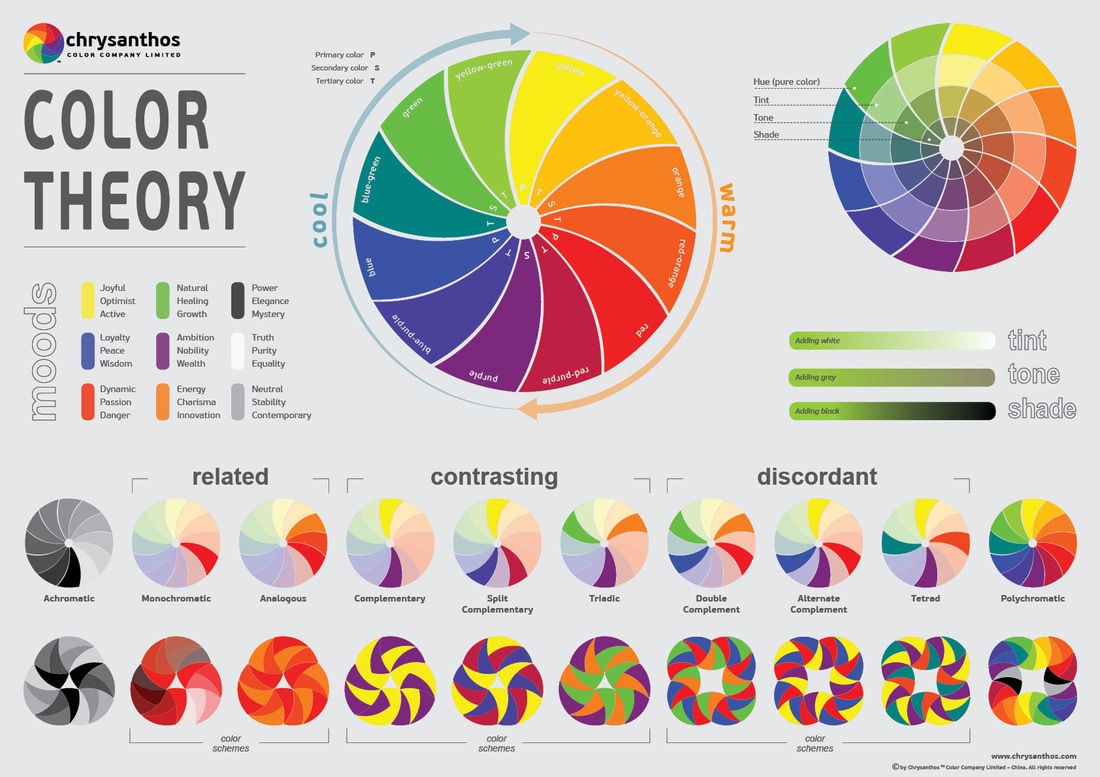

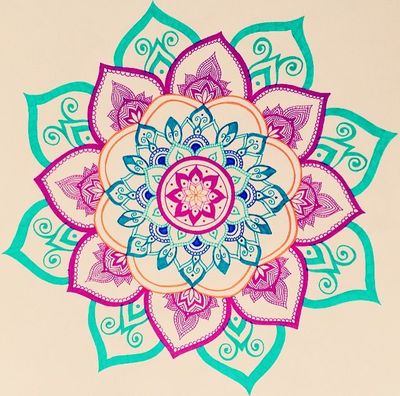



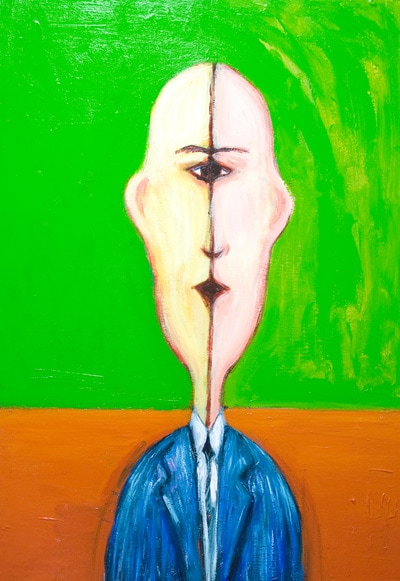
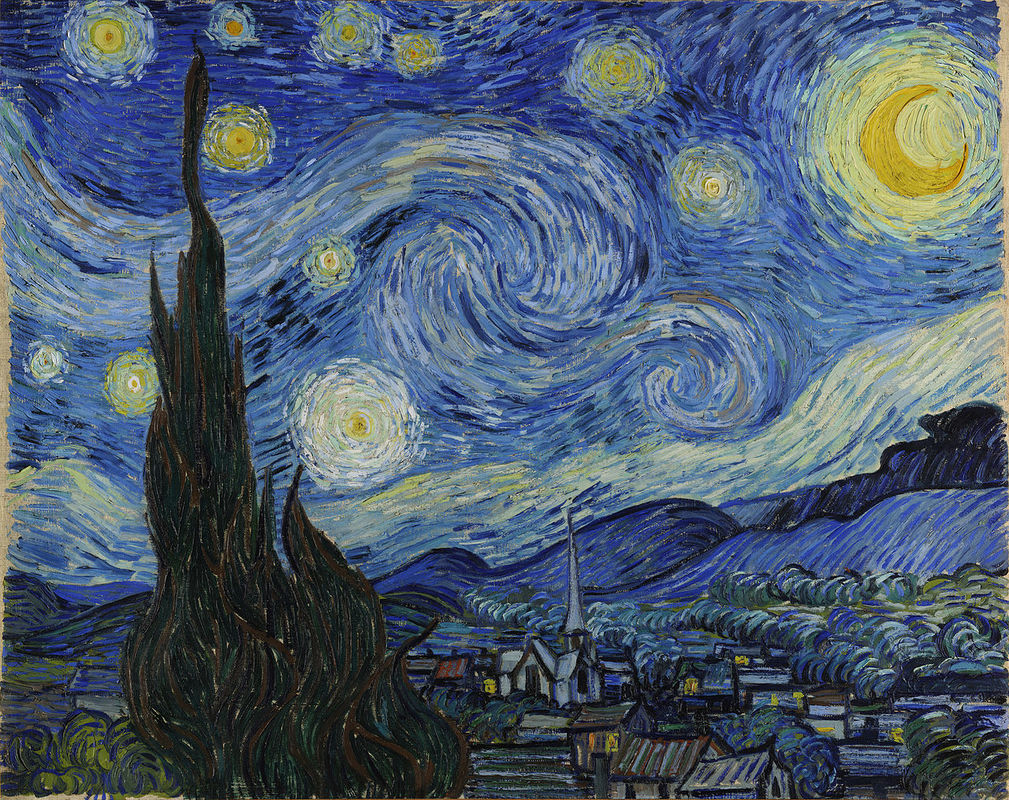

 RSS Feed
RSS Feed
